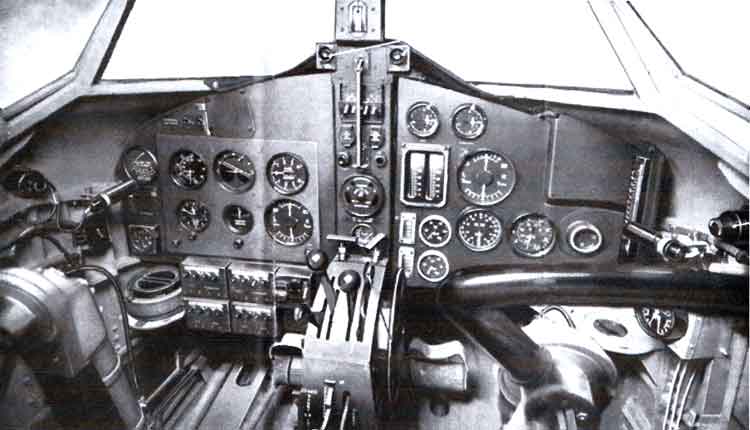
When it came to instrument flying training, unless there was enough cloud
about at the time, we used what was called 'two stage amber'. When using this the
aircraft windows were covered with removable amber shields through which the
instructor could see. I, as student, wore blue tinted goggles. The combination of
colours was such that I could not see out through the amber but I could clearly see
the flying instruments. All was comparatively easy until I was being taught recovery
from unusual attitudes. To make things difficult the instructor would take control
and perform a manoeuvre to topple the instrument gyros which meant that they
were wholly unusable until they self-corrected after maybe 15 minutes. This done,
control would be handed back to me and I had to bring the aircraft into straight and
level flight as soon as possible on those remaining. Easily said, but when my body
was telling me that I was flying on my left ear when the instruments were telling me
something else I had very quickly to learn to ignore my own feelings and, instead,

Oxford instrument panel.
implicitly trust the instrumentation. We were also taught how to make
R/T
controlled descents back to base through cloud.
7 The final
IF test would involve
flying a strict and timed pattern of climbs, climbing and steep descending turns, and
some level flight.
8 The pattern had to be properly and competently flown before
gaining a
White Card Instrument Rating.
9 Throughout my flying career I, as did all pilots, had to take similar 'Standardisation' tests on an annual basis.

One such instrument training flight involved an unscheduled cross-country
flight with Ken Knott to RAF Cranfield with no greater purpose than to deliver a
pair of a Senior Air Staff Officer's pyjamas! Said Senior Officer had been visiting
Wellesbourne Mountford and had failed to take them back with him after an
overnight stay. This return flight lasted an hour. It involved 30 minutes of simulated
IF navigation. It was a very useful piece of training.

Shortly after this my first serious (pre-planned) cross-country was with Windy Knight. Careful pre-flight planning was done using a Dalton Computer, maps, and
____________________________________
7 Known as
QGHs after the then out of date, but still lingering in use, RAF 'Q' code.
8
IF = Instrument Flying.
9 There were two standards,
White Card and
Green Card.
Green cards were awarded according to competence
and instrument hours flown.
28








